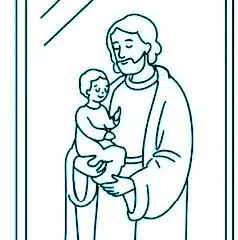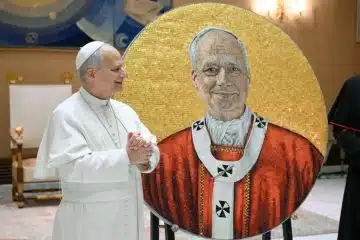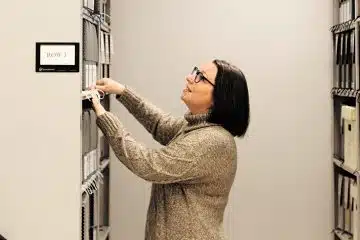Four Harmonies
 This article is part of an ongoing series on Pope St. John Paul II’s Theology of the Body (TOB).
This article is part of an ongoing series on Pope St. John Paul II’s Theology of the Body (TOB).
Up to this point, our reflections have focused on God’s original plan for humanity as manifest in the state and experiences of our first parents in the beginning. Their experiences are part of what Pope St. John Paul II referred to as our “theological pre-history” (TOB 4:1-3). Human history as we know it began with the Fall of man, which we call original sin. It is only by reflecting upon our experience of what’s wrong in the world (including our own humanity) in light of Scripture and Tradition that we can gain insight into the life of our first parents before the Fall. This is what Pope St. John Paul II has done in Theology of the Body.
I would like to reflect again on the state of man in the beginning. Doing so helps us understand God’s original plan—i.e., how things are supposed to be—as well as the end toward which He is guiding us through salvation history.
The state of humanity before the Fall, which is inaccessible to us now, has been variously referred to as “original justice,” “original innocence” and “original happiness.” Pope St. John Paul II used all of these terms in TOB to describe the condition of our first parents. Their existence was marked not only by a freedom from sin and its effects, but also a fullness of grace and goodness which I describe as the “four harmonies” (CCC 374- 379). These four harmonies characterize man’s relationships with God, himself, other human beings and the rest of creation.
RELATIONSHIP WITH GOD
Before the Fall, man existed in a state of intimacy and communion with God in which he was filled with grace and preternatural gifts. Our first parents’ relationship with God was marked by complete trust, cooperation and communion. They truly walked in the presence of God as His son and daughter, filled with reverence and filial love, trusting fully in their Father’s word. This is the first and most important of the four harmonies. It is the basis upon which man was able to receive all of God’s other gifts and blessings.
RELATIONSHIP WITH SELF
Original man also experienced interior harmony in which all the powers and facets of his body and soul were perfectly integrated. There was no interior conflict; no struggle between his head and heart. This harmony within man conveyed a peacefulness and self-possession that maximized his freedom. As a perfectly integrated unity of body and soul living in graced friendship with God, original man experienced an absence of illness and decay and would have been spared the separation of body and soul we call death had he not turned from God through sin.
RELATIONSHIP WITH OTHERS
The third harmony describes the relationship between human beings prior to the Fall. The first two harmonies enabled our first parents to look on each other “with all the peace of the interior gaze” (TOB 13.1). As described in our reflections on original nakedness, there was no reason to feel fear or shame in the presence of another human being because original man’s eyes were open to the dignity of the human person revealed through the human body, and his heart was properly ordered to always respect, reverence and love each human person made in God’s image. Because their eyes and hearts were so pure, there were no inner temptations to use or hurt one another.
RELATIONSHIP WITH CREATION
Lastly, original man existed in harmonious relationship with the rest of creation, which he joyfully received and cherished as a gift from the Creator. The elements and creatures of the natural world yielded to the will of man, which was guided by wisdom, stewardship and gratitude as he exercised his divinely- appointed authority over the world.
Considering these four harmonies helps us glimpse God’s wise and loving plan for humanity. It also prepares us for our subsequent reflections in which we will explore the wounding effects of sin and the healing power of our redemption in Christ.
 Dr. Andrew Sodergren MTS, PSY. D is a Catholic psychologist and director of psychological services for Ruah Woods. He speaks on the integration of psychology and the Catholic faith. He and his wife, Ellie, have five children.
Dr. Andrew Sodergren MTS, PSY. D is a Catholic psychologist and director of psychological services for Ruah Woods. He speaks on the integration of psychology and the Catholic faith. He and his wife, Ellie, have five children.
This article appeared in the October 2022 edition of The Catholic Telegraph Magazine. For your complimentary subscription, click here













